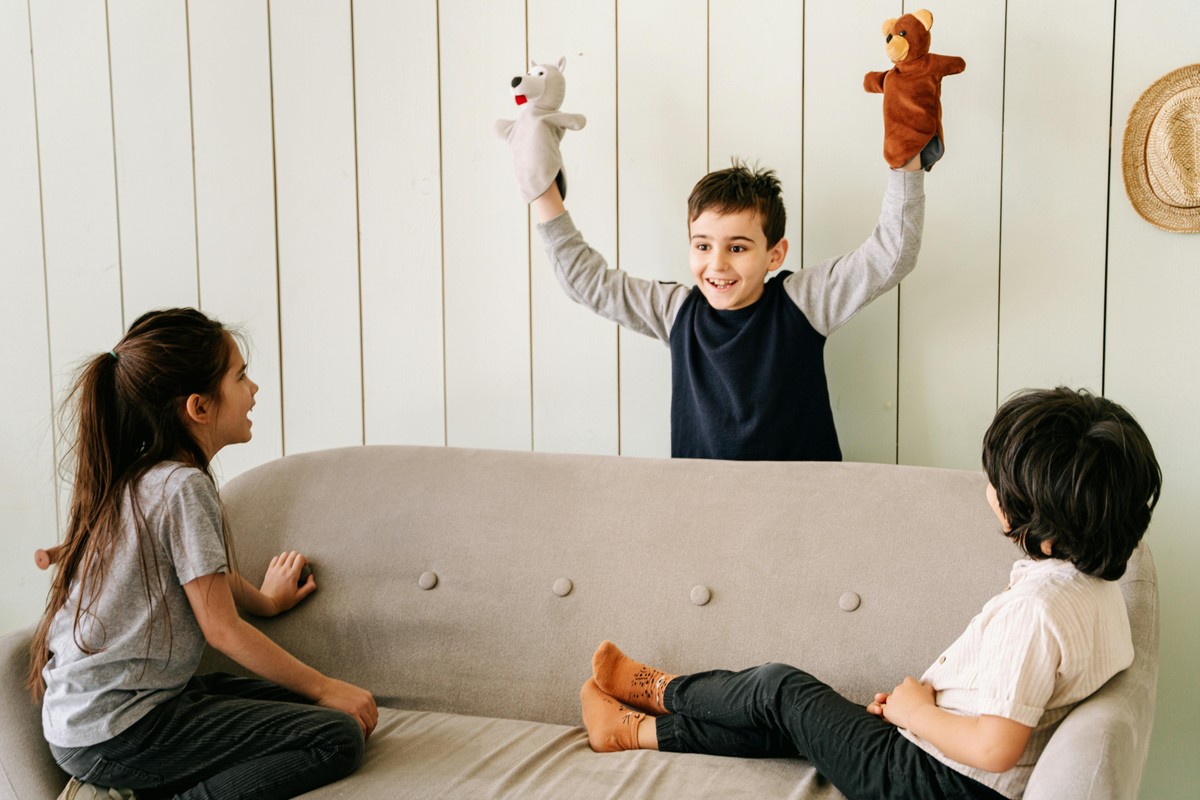Raising a child with ADHD is a journey that requires patience, adaptability, and a lot of love. By fostering a supportive home environment, you’re not only helping your child navigate the challenges of ADHD but also equipping them with the confidence and skills to embrace their unique strengths.
Creating a Supportive Home Environment for Children with ADHD

Creating a Supportive Home Environment for Children with ADHD
Whole Child Neuro
Parenting a child with ADHD, just like parenting any other child, has obstacles that must be navigated.
Unexpected adjustments may mean you’re entering a way of parenting you didn’t anticipate or know was possible. Neurotypical parents who may have expected their child’s brain to function like theirs, may feel like they’re entering a whole new world. Because in some ways they are!
ADHD is a type of neurodivergence, a neurodevelopmental condition that affects how children focus, manage impulses, and regulate their energy levels, not an illness. It means your child’s brain works differently than how we’re trained brains usually work. While its symptoms can present challenges, they also highlight the unique strengths and perspectives of neurodivergent brains. This can of course bring obstacles, but, with understanding, compassion, and the right tools, you can create a supportive home environment that empowers your child to thrive.
How ADHD Shows Up in Children
ADHD manifests in various ways, however in children it can be mischaracterized as behavioral problems, since the symptoms often involve difficulty maintaining focus, frequent movement, impulse control issues, etc.
These behaviors are often not motivated by a wish to disrupt or annoy, but stem from an inability to regulate their impulses, their brains easily losing focus when over or understimulated, and have excessive energy that impacts their ability to sit still or focus. Children with ADHD may:
Struggle with focus and attention: Missing details, losing track of time, or appearing disinterested in tasks. This often stems from a brain that is over or understimulated, making it difficult to follow what is happening.
Exhibit impulsivity: Interrupting others, blurting out answers, or engaging in risky behaviors without thinking of consequences. This could be due to an inability to assess how urgent a thought is, or not wanting to lose it before their brain moves quickly on to something else.
Have high energy levels: Fidgeting, talking excessively, or constantly running around. This is sometimes a sign that a child is naturally trying to regulate themselves (though they likely don’t know that’s what they are doing)–they have excessive energy and it needs somewhere to go!
These behaviors might seem like defiance, or immaturity, and children who struggle with these symptoms may be labeled as a problem student, someone who is easily distracted and distracts others, or even called annoying by peers.
But within the ADHD child, these behaviors are often a response to their brain’s unique wiring. Understanding these motivations helps shift the narrative from frustration to empathy.
The Importance of Parental Support for Children with ADHD
Children with ADHD face the challenge of navigating a world often without them in mind. This presents both logistical challenges for them–how do they function in a world where their brain isn’t typically considered?–as well as personal challenges: how do they build a foundation of healthy self esteem when it feels like the whole world is telling them their brain is “wrong”?. Parental support is crucial in helping them bridge this gap and build resilience, self-esteem, and confidence.
Supporting a child with ADHD involves a mix of practical strategies and emotional support, and includes things like:
Setting Clear and Consistent Routines: Predictability helps children with ADHD feel grounded. Create with them a structured schedule for daily tasks like homework, meals, and bedtime, so they can learn the basics of managing their time in a way that supports instead of punishes the way their brain functions.
Use Positive Reinforcement: Focus on rewarding good behavior rather than punishing “bad” behavior; as we explored a little earlier, what is seen as bad behavior is often an unmet need making itself known. Instead of punishing your child for what they struggle with, encourage them to use the support and tools you provide, and celebrate it when they do so. .
Break Tasks into Manageable Steps: Long tasks can feel overwhelming for anyone with ADHD, especially those that already have a child’s attention span. Help your child learn to manage larger tasks by breaking them into smaller, achievable parts with frequent breaks. By doing this with them you not only help with the task they are currently trying to manage, but help show them how to manage tasks like this when they come up.
Practice Emotional Regulation Together: Teach your child techniques like deep breathing or mindfulness to manage frustration and anxiety. Help your child learn to name what they are feeling so you can help them explore why they are having that feeling and assist them in working through it.
Work with a Neuropsychologist: If you suspect your child has ADHD but haven’t pursued an evaluation, consider working with a child neuropsychologist. They can assess your child’s strengths and challenges and recommend tailored strategies and interventions.
Understanding Why ADHD Can Be Hard to Identify in Children
ADHD isn’t always easy to recognize. Symptoms can vary based on the child’s age, environment, and socialization. Girls, for example, are more likely to display inattentive symptoms rather than hyperactivity, as girls and women are often encouraged to be quieter and take up less space than boys and men, it can lead to the suppression of these traits, and even to underdiagnosis or misdiagnosis. Recognizing these biases is key to ensuring children receive the support they need.
Tips for a Supportive Home Environment
Here are some actionable steps to create a home environment where your child can thrive:
Create a Calm and Organized Space
Designate specific areas for homework and play, keeping them free of distractions. Fill these spaces with tools that are meant to aid your child, such as big schedules in homework areas, feeling charts, or a countdown clock in play areas so they can play how they want without time blindness (inability to tell how much time is/has passed) getting in the way.
Encourage Physical Activity
Movement helps many children with ADHD regulate their energy and focus. Activities like dance, sports, or even a simple walk can make a big difference. Help your child set appropriate limits on digital play (it can foster creativity, problem solving, and even cooperation when played with others!) so they can also develop physical hobbies that you can then help them make time for.
Use Visual Aids
Visual schedules, timers, and color-coded reminders can help your child stay on track. As mentioned above, time blindness, or the inability to determine how much time has passed, is a common experience amongst those with ADHD. Visual aids can help develop those skills, bridge the gaps for a child who needs structure to regulate their time.
Practice Open Communication
Listen to your child’s feelings and frustrations without judgment. Let them know their voice matters. Help them identify what they are feeling, rather than just trying to make “bad” feelings go away. When they know what they’re feeling, try to help them explore why they are feeling that way.
Seek External Support
Connect with teachers, counselors, or ADHD support groups for additional resources and perspectives. Collaborating with a neuropsychologist or therapist can provide your child with specialized tools to navigate their challenges.
Raising a child with ADHD is a journey that requires patience, adaptability, and a lot of love.
By fostering a supportive home environment, you’re not only helping your child navigate the challenges of ADHD but also equipping them with the confidence and skills to embrace their unique strengths.
Does your ADHD child need extra support right now?
Here at Whole Child Neuro, we strive to help children unlock their full potential. We provide neuropsychological evaluations, counseling, parenting support, social skills groups, educational therapy, and school placement services. We have a diverse team of experts, who have experience helping children and young adults with ADHD as they navigate through their education. We work with people throughout the Greater Los Angeles area, including our neighbors in Sherman Oaks, Calabasas, and Beverly Hills. Please, don’t hesitate to reach out to us for a free consultation, and feel free to read more about our neuropsychological evaluations, counseling, educational therapy, and school placement services.
